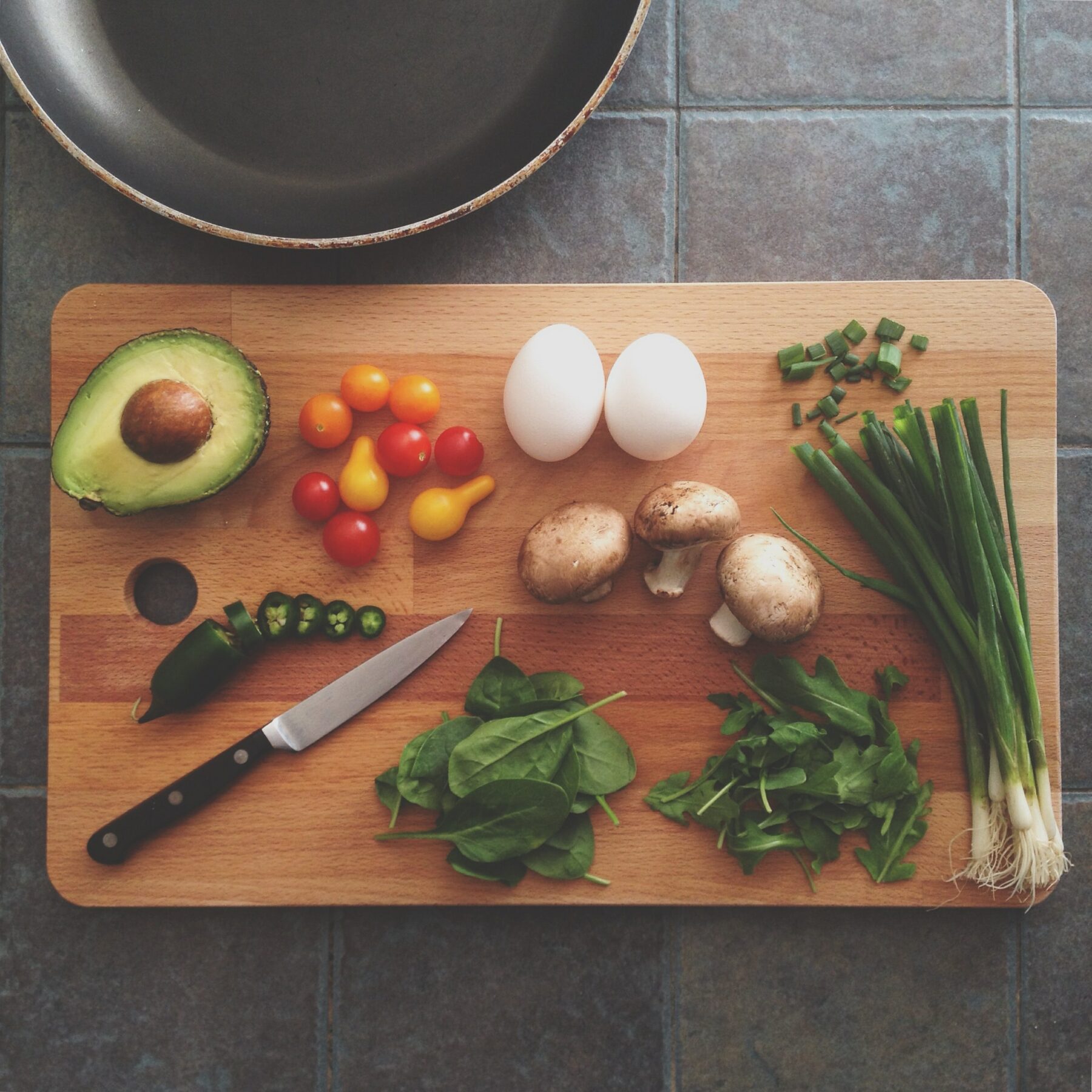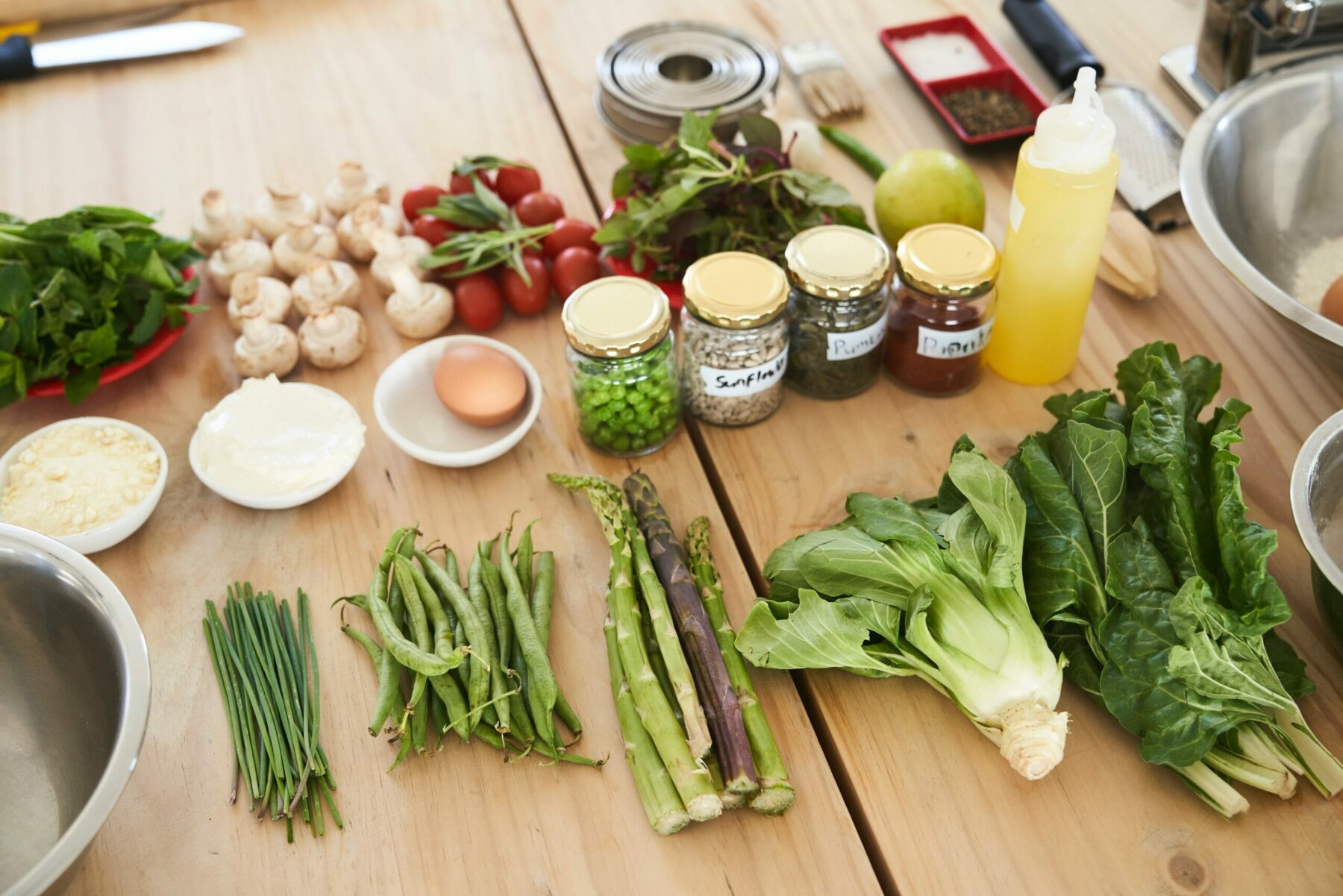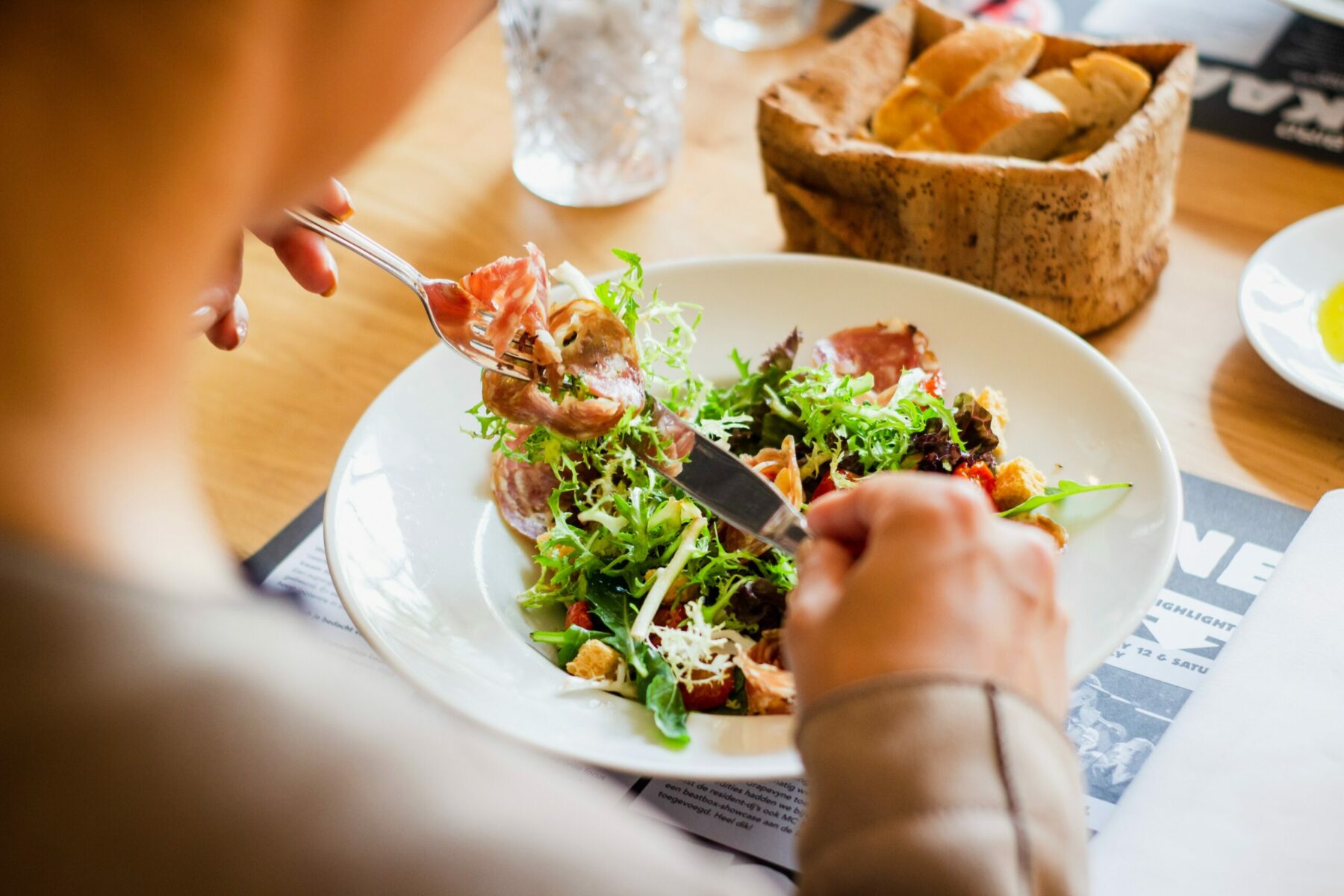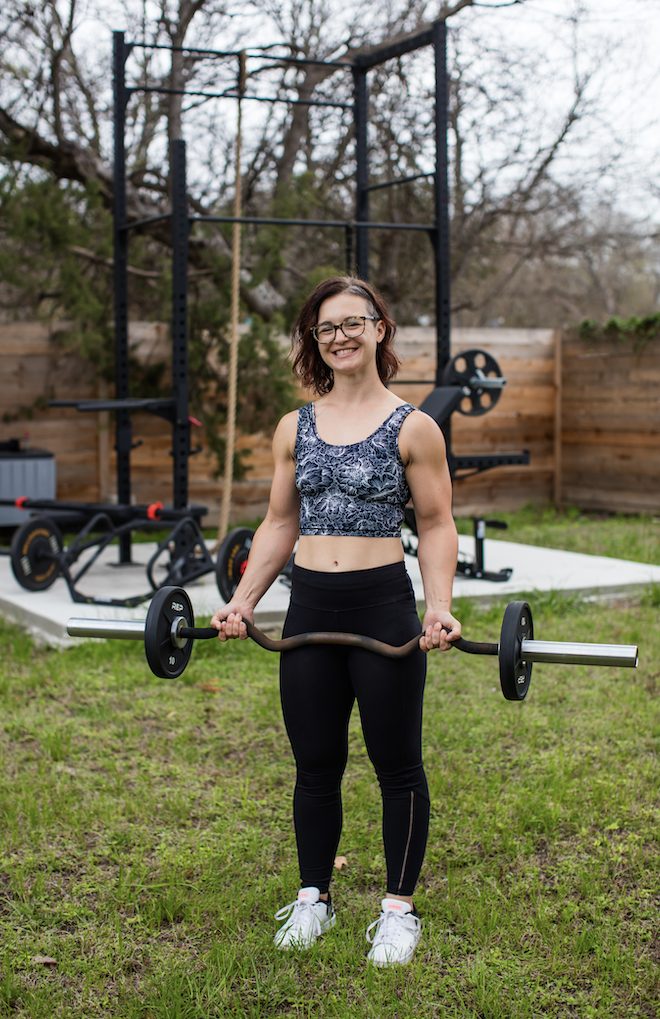Nutrition Changes for the Long Haul

You’ve heard the old trope time and time again from fitness instructors, trainers, coaches and influencers — fitness is 30% exercise and 70% nutrition. Whether your goals are performance- or body composition-based, working out only gets you part of the way there. Now it’s time to clean up your eating habits.
But where to start? Online nutrition information is plentiful yet overwhelming. If the diet has a name — keto, paleo, Whole30 — it’s a short-term fix for what should be a lifelong change. If you want to lock in your nutrition long-term and be stronger and healthier, the key is starting with small, sustainable changes and building from there in ways that actually fit your lifestyle.
Cooking Is Key

The most important part of eating better is learning how to cook. There are so many healthier takeout options these days, but that shouldn’t be your go-to for weeknight meals. Understanding the basics of cooking not only gives you control over portion sizes and exact ingredients but also teaches you to create healthy meals that actually taste good. Let’s face it, almost no one wants to eat unseasoned baked chicken breast and a pile of steamed vegetables every day of their lives.
The key to eating healthy in a sustainable way is having the tools to make your food actually taste good. Healthy doesn’t have to mean boring, unflavored, uninspired meals. Experiment in the kitchen with different herbs and seasonings to see what flavor profiles you prefer and build from there! Using online recipes as a starting point to understand what you like and the meal structure basics goes a long way if you aren’t sure where to start. Cooking classes can also be a fun way to hone your skills and are a great date night activity!
Starting Small

The next hurdle for most people is the all-or-nothing mentality. If your goal is body composition-based and you want to lower your body fat and gain or maintain muscle, it’s easy to grow impatient and want that progress to happen quickly. If you’re just starting out on adjusting your eating habits, jumping into an extreme calorie cut, too much macro counting or restrictive fad diets can lead to poor mental health, disordered eating habits and are unlikely to work long-term even if successful at first.
The key is starting with small changes that work with foods you typically eat and enjoy. Small swaps in ingredients can make meals healthier without taking away the joy of eating. Swap your protein for a leaner option. Halve the quantity of your carb base (rice, pasta, grains) and double the quantity of high-fiber vegetables. Use spray oils instead of multiple tablespoons of oil and butter. Higher protein and fiber meals will help with satiety so you stay fuller longer. Plan your meals around workouts, with more carbs post-workout to restore your glycogen stores and help with muscle growth. Focus on small swaps that taste good and fit your lifestyle, and don’t demonize foods. Your body needs protein, fat and even carbs to function at its highest level.
Meal Prep Smarter, Not Harder

For many, meal prepping is the key to success, especially with busy work and life schedules. But many struggle with it, primarily because few people want to eat the same meals all week long. This is another great practice that can work well if you drop the all-or-nothing mindset. You don’t have to prepare complete meals to be successful. Try practicing partial meal prep instead, so you have the freedom to use ready-to-go ingredients that can be the base of different meals.
Put a family pack of chicken breast in your slow cooker each week with minimal seasoning. Then, you can throw it into salads, pasta, bowls, sandwiches, tacos, whatever — all week long. Make a batch of ground turkey or chicken. Prep grains like rice and pasta. Have your fresh fruit and veggies pre-cut so they’re easy to grab and go. Taking an hour of your weekend time to get ingredients prepped and in the fridge will make your week a breeze. When it’s mealtime, you’ll be much more likely to eat a healthier meal since most of the recipe is ready to go.
Bon Appétit

Once you’ve started fine-tuning your habits, the rest is easy. The amount of change in your nutrition should be slow and steady over time. Depending on your goals, there are easy swaps to make as your progress — whole wheat, chickpea or red lentil pasta in lieu of regular. Sprouted grain and whole-grain bread. Lowering the amount of processed and high-sugar foods in your snacks and meals. Swapping high sodium ingredients like soy sauce for liquid coconut aminos. Using sugar-free sauces. Setting boundaries on your alcohol intake. Increasing water consumption. Every little bit helps, so long as it’s something you can stick with.
While what you eat helps you meet your fitness goals, it’s also important for how you feel — physically and mentally — throughout the day. Eating well will optimize your workouts and overall energy levels so you can perform at your best, in and out of the gym.
And remember — no one is perfect 100% of the time. You will have days where food is a celebration, weekends of pizza and beer, vacations with delicious dinners. These are normal parts of life and should be enjoyed! A day or two of eating more or differently than your daily habits is nothing in the timeline of your life. Just stick to eating well most of the time, and your body and mind will thank you.
About the Author

Sarah Leahy is a Minneapolis transplant in East Austin, certified personal trainer, award-winning interior designer and former gym owner. She offers in-person and online training with an emphasis on strength training and building confidence in and out of the gym. Leahy’s passion for strength extends to your business, with a full offering of gym design and business consulting services.






